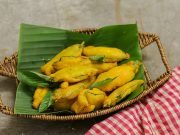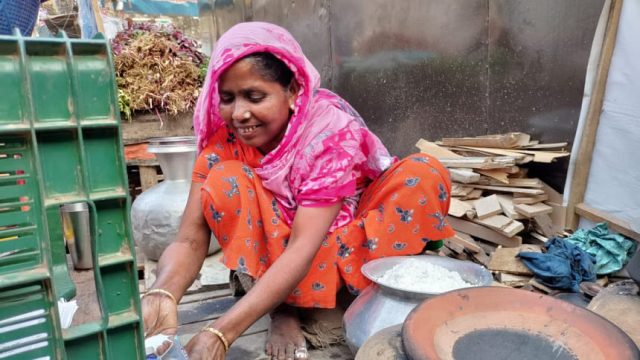Winter folds its chill over Dhaka, carrying with it the comforting smell of freshly made pithas wafting through the cool air. Bhapa pitha, patishapta, chitoi-faeculent sweets sold by women with warm baskets and weary eyes at street corners, markets, and bustling alleys-each a delicate celebration of tradition.
We stop and marvel at their softness, but how often do we ask about the hands that made them?
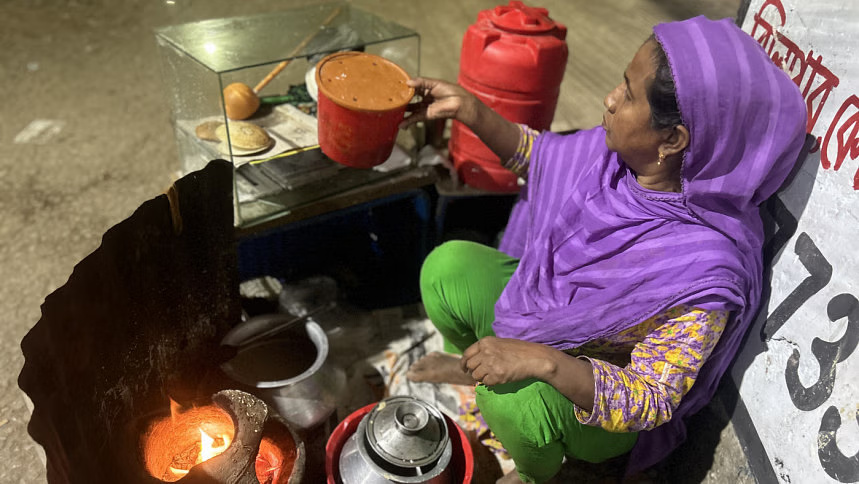
Tales of survival
Sufia Begum sets up her small stall every day near the Gulshan-Badda Link just as the sky hints at dawn. The chill clings to her, but her hands move with steady resolve.
“I wake up at 5 AM each day,” she says in a low, clear voice. “Cold does not wait, neither does hunger.”
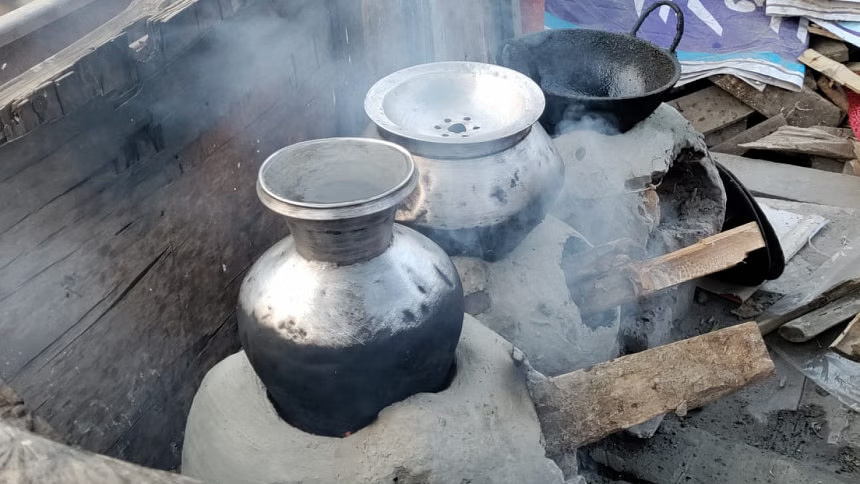
For Sufia, and indeed scores of other women in Dhaka, making pitha is not a seasonal indulgence; it’s a lifeline. Her husband’s illness had drained their savings; she fell back upon the skills her mother had taught her-the quiet craft of turning simple ingredients into something that could warm both bodies and souls. Even as her pithas sell, she remains invisible, a shadow in the bustling city.
It’s ancient-like winter. This art of making the pithas went through generations with the women having a pinch of rice flour mixed with a dash of jaggery and a lifetime of patience. Tradition, however, is very little armor when the struggles for survival come thick and fast.
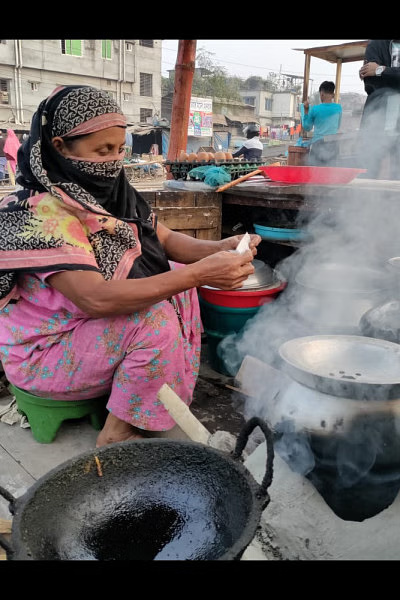
For Jamila, 35, mother of three, every morning is a fight against time and poverty. She sells her pithas near a bus stand, often competing with the blaring horns and restless crowds. “Some days I sell everything, other days half of it, I bring back home,” she said, her eyes scanning the crowd. “But I can’t stop. If I stop, the rent stops. The food stops.”
The price of rice flour goes up, firewood becomes costly, and the demands of city life press tighter. Yet, customers bargain over a few takas, not knowing that they bargain over someone’s next meal.
Aside from being pitha-makers, these women do so much juggling of various responsibilities: taking care of the children, performing household chores; their lives are in continuous jugglery.
“My husband left years ago,” says Shahana, who sells pithas at Shahjadpur Jheel Par. “I had to find a way to feed my children. Making pithas gave me that chance, but it also means I’m always working — from dawn to midnight, seven days a week.”
The toil reflects in their calloused hands and weary faces, but their determination shines through, fueled by the hope of a better future for their families.
When tradition builds a future:
It’s a window to women’s resilience-a woman does not surrender so easily. Certain women have sought new ways of sharing their skill: through orders received on social media, local cooperatives, and community markets.
Shahana, who used to sell her wares on street corners, can deliver her pithas right at the customers’ homes due to her eldest daughter.
“I didn’t know how to use Facebook initially,” Shahana says with a laugh. “My daughter taught me. Now, many people message us for pithas. It feels good to be appreciated.”
As we savor the warmth of a newly made pitha this winter, let us also spare a moment to acknowledge the women who get up well before dawn and shape the dough and hope with the same hands-who fight invisibility with resilience.
Next time you taste a pitha, ask for the name of the woman who made it. Look her in the eye. See her. For behind the sweetness, there is a whole world of courage that needs to be told.






